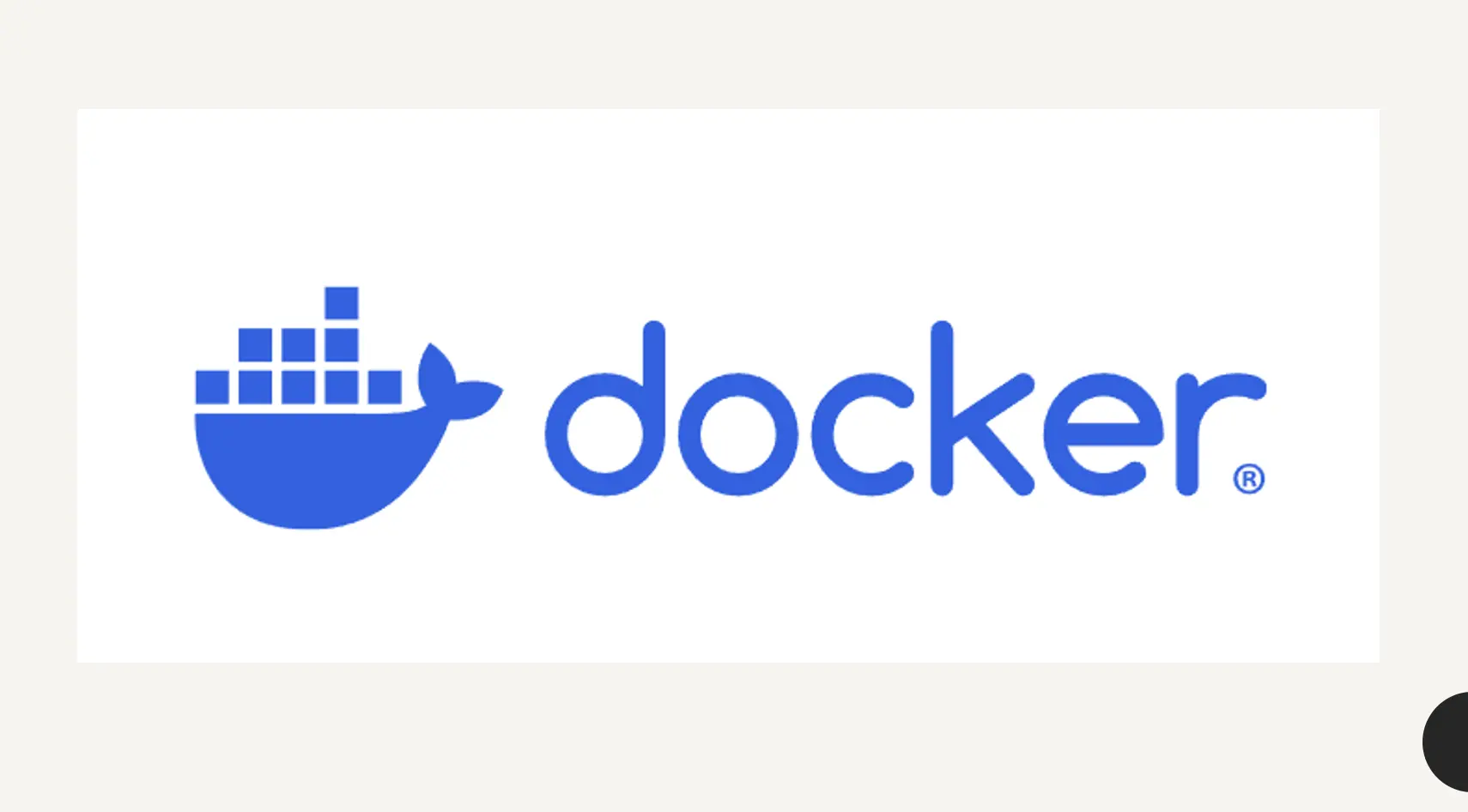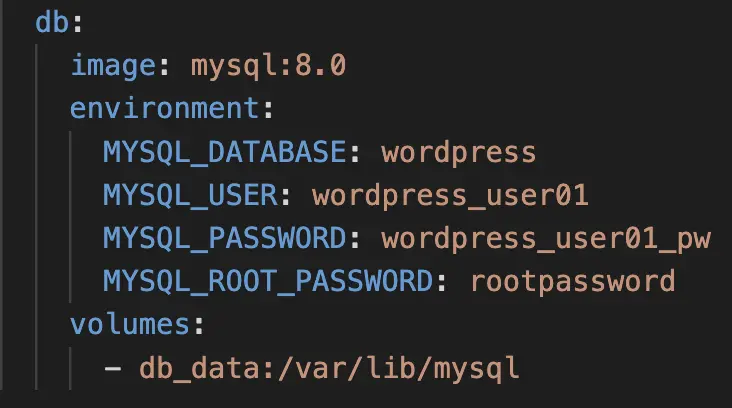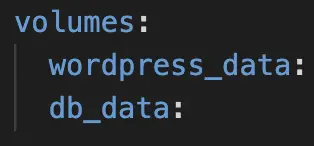Managing multiple services with Docker Compose

23 Dec '24
Welcome back to another article on Docker. Although Kubernetes (K8s) does not directly support Docker as a container runtime anymore, Docker images remain fully compatible with K8s as they adhere to the Open Container Initiative (OCI) standard. The 'Docker' brand is synonymous with containers, and learning it will allow us to understand core container concepts. This article is on Docker Compose, which is a Docker tool that allows multi-container applications to run together.
In its simplest form, Docker can run a single container. However, an application which runs on a single container would be rather monolithic in its architecture. The microservices architecure breaks a monolithic application into smaller applications, each called a microservice, which work together to form the complete functioning application.
This article shows how a multi-container application can be set up with Docker Compose. Docker Compose simplifies the control of an application stack, making it easy to manage services, networks, and volumes in a single, comprehensible YAML configuration file (https://docs.docker.com/compose/). The application is launched with two containers, which are WordPress and MySQL. The WordPress and MySQL is a classic example of a multi-container application managed by Docker Compose. WordPress (a content management system) requires a database to store user-generated content such as posts, comments, and settings. MySQL, a relational database management system, is commonly used as the backend database for WordPress. Both containers run from images obtained from Docker Hub.

The image above shows the Docker Compose file (docker-compose.yaml) for the application. It consists of two services, which are WordPress and the database (represented by db).

The WordPress app maps port 8080 on the localhost to port 80 of the container. The environment keys provide information on database configurations while the volume key informs where the WordPress data will be stored.
The volumes key creates a persistent volume named wordpress_data on the host machine, which is mapped to /var/www/html inside the container. The volume is used to store WordPress files such as themes, plugins and uploads. The 'depends_on' key Indicates that the WordPress service depends on the db service, ensuring that the database container starts before the WordPress container.

The db service provides configuration values for the MySQL database, such as the username, password, and database name. The environment variables in the wordpress service must match these database credentials to enable WordPress to connect successfully. The db_data volume maps the /var/lib/mysql directory inside the MySQL container (where MySQL stores its data) to a persistent storage location managed by Docker on the host machine, ensuring the database data persists across container restarts or recreation.

The volumes key in the docker-compose.yml file informs Docker about the volumes used by the application. These volumes are important for persisting data outside the containers, ensuring it remains available even if the containers are restarted or removed. The complete yaml file is available at articlehttps://github.com/nchinling/wordpress-docker-compose
.Finally, run the application using the command below to see the results
docker compose up -d
That's all there is to Docker Compose. You will be able to access WordPress on port 8080. View the video below for the explanations and implementations described above.